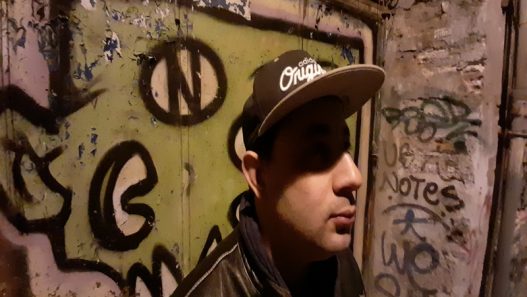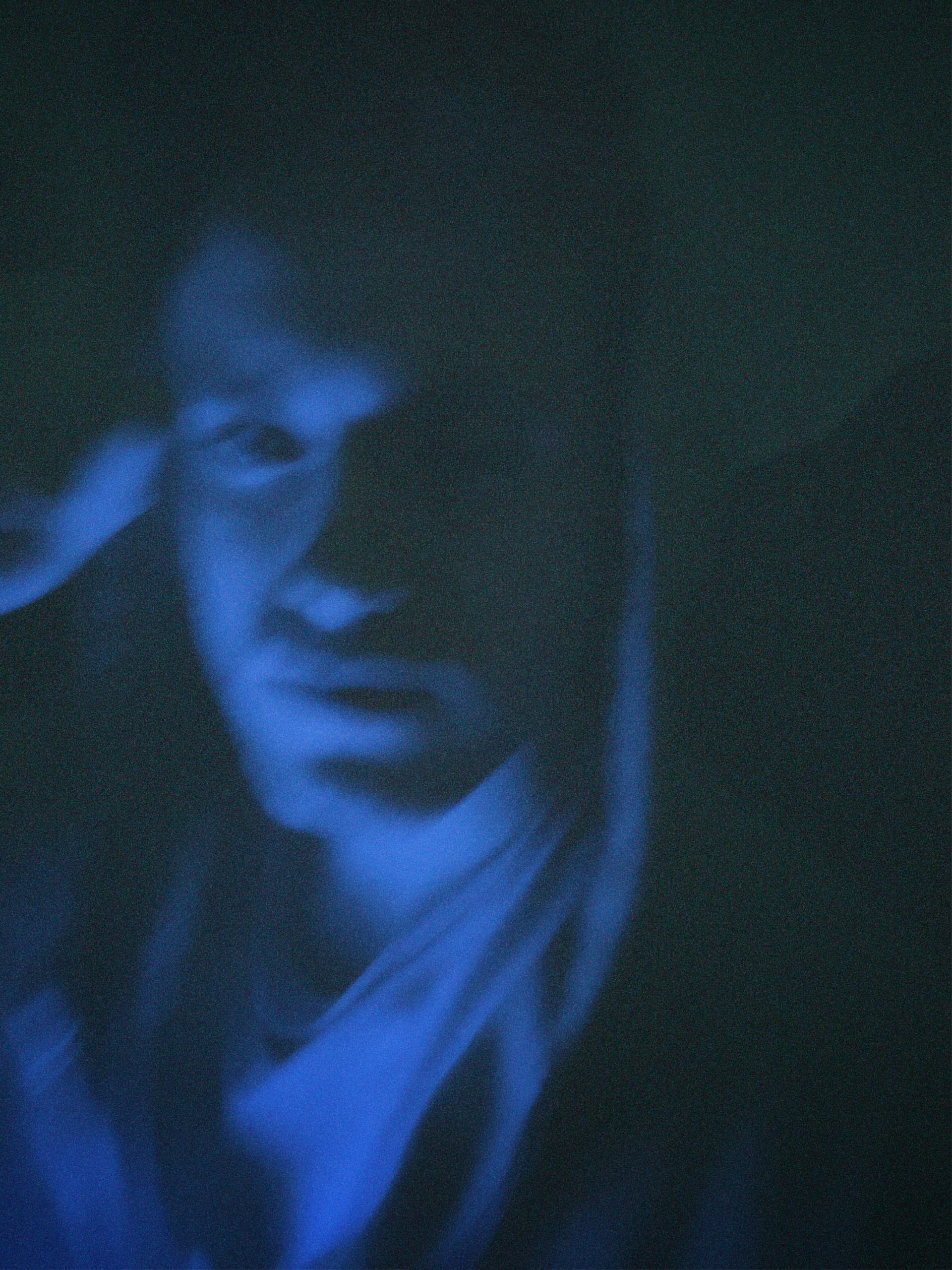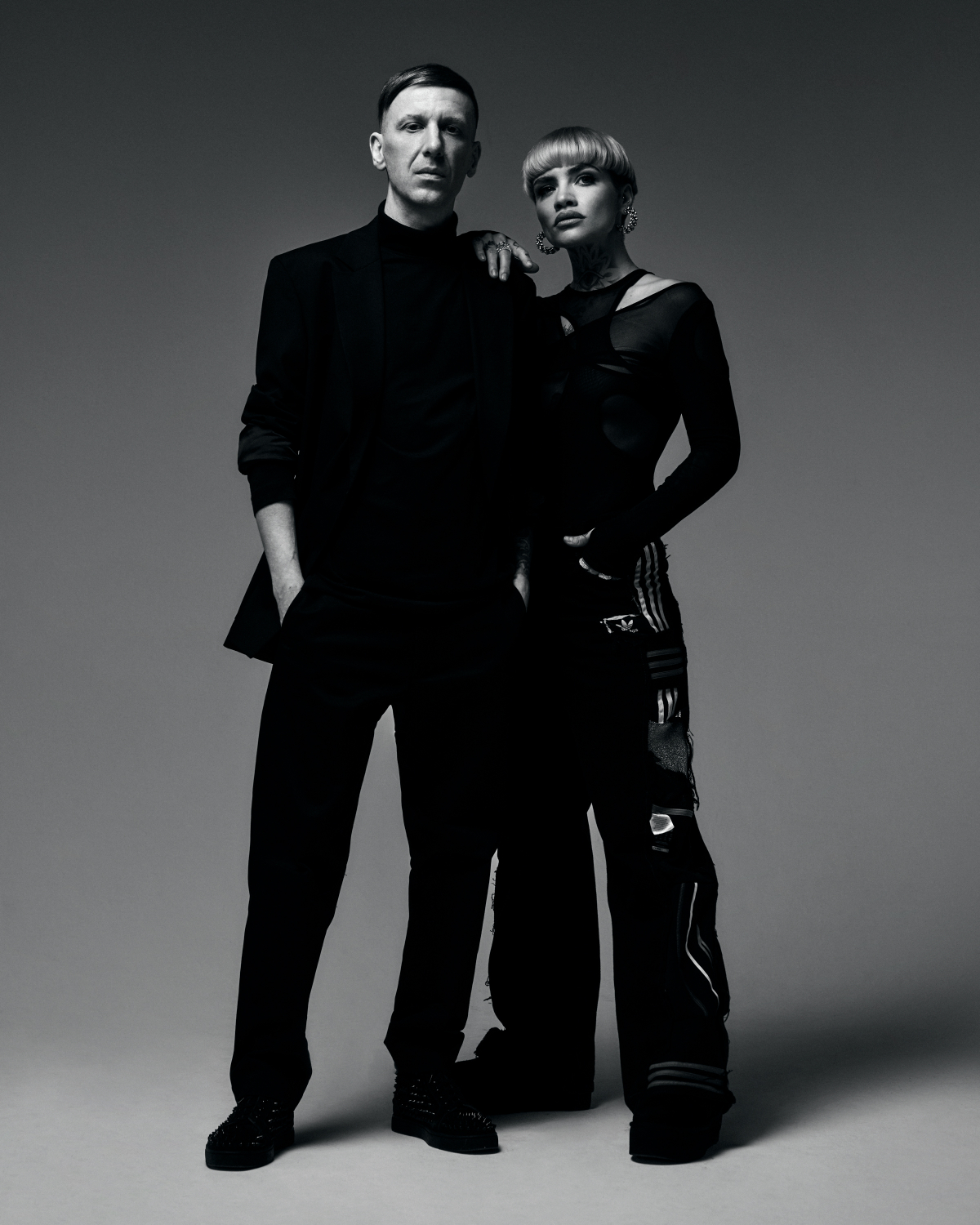Hailing from Luxembourg, producer cause_effect has been unveiling his modern take on the sound of 90’s and 2000’s Techno, IDM and Electronica across the album format in recent years. Debuting with Selected Networks and following with Heat Wave, he here delivers his third long player Soft Focus, named after a reverb preset on the Yamaha FX500. This preset gave shoegaze artists an ambient and lush atmosphere and was a reference for the preparation of this album.
Across the Soft Focus LP, cause_effect traverses through multiple music genres in an exploration of sound, conceived to be released as futuristic music, but made in the past through the help of old converters and sampler emulations. Within the eight track release cause_effect’s detailed sound design shines through, as does the numerous musical influences from Detroit Techno, to UK Jungle, Glitch, Breakbeat and more. Always prevalent as a theme throughout the project are raw, distorted rhythms, ethereal pad textures, glitch synths, choppy vocals and thunderous kicks.
Hello cause_effect, thanks for taking the time to talk with us about your new album Soft Focus. For those people yet to hear it, could you tell us about this project, how it came together and how it sounds?
Hey! It’s always a pleasure to talk about the process of an album.
Soft Focus is an electronic music album that goes more in the genre of IDM/braindance with touches of techno and liquid drum’n’bass.
It’s an album in which I tried to sound like my favorite era, the 90’s and early 2000’s. It came together after many meetings with Alp, the founder of Perspektif, and after a lot of trial and error.
You’re a native of the small European country of Luxembourg, nestled in between Belgium, France and Germany. Could you tell us a little about your roots in electronic music here, when you began your journey with this sound and share with us some notable musical outputs from the country?
I started DJing in Luxembourg when I was 15 and continued till I was 18 and then I stopped, or better so say gave up, because I wanted to produce my music and at that time, I also did not find myself anymore in the music that was being played. I started to produce a little bit but not that much until I went to Brussels to study and went to see Ben Klock at Fuse, and that’s how I discovered techno and all the subgenres that it envelops.
During Covid and the confinement, I went back to Luxembourg and decided it was time to invest in my first piece of gear and that’s how I came across the new edition of the Novation bass station, the Novation AFX Station designed by the one and only Richard D. James aka Aphex Twin, but at that time I did not know him (crazy, I know). When I received the synth I did some research about him, about his music genre and that’s how I discovered the label Warp. That was a very eye-opening moment for me. With all the clubs that were closed, it was the perfect and ideal moment to discover this new music genre. I can remember walking through the empty city center and listening to Boards of Canada, it was surreal.
Listening to Aphex Twin, Boards of Canada, Autechre, Gridlock and many others changed my approach to making electronic music because I was blocked in a way of making music with a specific arrangement and specific sound. Now, I felt free and didn’t need to follow any kind of ‘rules’ that I gave myself by watching way too many tutorials. That’s how I started to experiment with things.
Speaking of Luxembourg, this music genre is kind of a niche, because the most-played music in Luxembourg goes towards tech-house. For now, there is no notable musical output from the country. Luxembourg may be a small country, but it is packed with a lot of good producers.
The one that has a strong community in Luxembourg and is without a doubt the most famous is a tech-house producer called Nosi. Now the one that is touring a lot and releasing on a lot of good labels such as Kalahari Oyster Cult is Cleveland.
In Luxembourg, we have a lot of music collectIves, and every one of them is full of talented music producers so I think it is only a question of time until someone ‘makes it’ and gives the Luxembourgish electronic music scene the credits and the light it deserves. I am quite excited to see how it will develop in Luxembourg, because yes, it’s not a country with a big club culture but it is beginning to go more towards this direction.
Your new album encapsulates a widespread array of influences, from deep, dubby techno to liquid drum and bass, gritty broken electro and glitched out IDM. Could you tell us about some of your influences in making music and what are some of the pieces of equipment you use to produce?
I have a lot of influences for this album but they all have something in common, and it is that they were releasing music in the 90’s and early 2000’s. I love this period, not only for the electronic music but for everything that was made during that time – the movies, the design, the art… maybe because I am a 90’s kid and I have a strong nostalgia for that time. For the making of this album, I wanted to embrace the way they made music back then and decided to begin every track DAWless, but I quickly realized that I preferred a more hybrid workflow.
So, what I did was that I just jammed on my equipment and then recorded everything on Ableton and did the whole work in the DAW, I was actually sampling myself. For example, I would start a drum pattern on the digital, record it on Ableton, and do the work from there of chopping and mangling the audio.
That maybe comes from my love of French House where I learned a lot about sampling and mangling the audio. I also realized that I needed to see what was going on sonically. When you are making music DAWless, you don’t see the ‘whole’ song, it’s like reading a book. When you read a book, you imagine the world in which the story takes place, but when you are watching a movie, you have the direct ‘render’ of this world. And for me when making music I prefer to see the direct rendering of it in the DAW.
For this album I used the Digitakt for the drums, the NovaKon AFX StaKon for the bass, leads, melodies, and glitches, the Roland sh01a, the Alesis 3630 for compression, and the DS-1 distortion pedal from Boss.
What made you decide to tackle the album format, do you feel there’s a thread and a story that runs through ‘Soft Focus’?
‘Soft Focus’ is the name of the famous preset on the Effect Processor Yamaha FX500. The Yamaha FX500, the Alesis Quadraverb and Midiverb II where reverb units that were used a lot back then, but the Yamaha was really the one that gave to the Shoegaze artists these lush and warm ambient pads.
So, after listening to ‘Souvlaki’ by Slowdive I really wanted to also have the same reverb sound, but I needed to buy the unit first which was a bit difficult and I also did not had the money anymore to invest in it so I tried to replicate it with a blend between 3 reverbs, the Valhalla Supermassive, the Eventide Blackhole, and the Valhalla Shimmer. For the making of the album, I used a lot of different plugins to emulate this 90s vibe. For example, the filtering on all the tracks was made with the RX950 by Inphonik, the pads were made in the same way that romplers were working and everywhere I have always put the TAL-DAC plugin, it emulates the sound of vintage digital-to-analog converters (sometimes also directly on the master buss).
I did not have the real FX500 in my possession, but it’s high on my bucket list. What’s sure is that even if the album is called Soft Focus. It was the most difficult album that I have made yet, because it was the first time that I needed to work with a real deadline and I did the whole project in one month because I did not like all the music I was sure to keep in the first place.
The name ‘Soft Focus’ is named after a preset on a piece of gear you use, could you tell us a little about this?
I like making albums, it is a format where I can express myself and try new things. With singles it is quite difficult to tell a ‘story’ but with albums, you can take the listener on a journey and give them the ‘real’ you. I have always loved the albums where when you are listening through it from beginning to end you never know what will come next. That way you also discover another side of the artist. When doing an album, this music genre gives me a lot of freedom and is perfect because I can vary in the BPMs. I can go from 150 to 95 bpm, then back to 140 and so on. I have this freedom that I would not have for example with a techno EP where all the tracks need to be in the same BPM area.
Most of the time, I start a project with the cover art and refer to it all the time when I am producing, that helps me keep a thread through the project. There is a story that runs through the album, but it is so subjective that I think everyone can make theirs and have his interpretation of it.
How did you connect with the Perspektif label for releasing this project, what formats will you release the project on?
Alp, the founder of Perspektif, reached out to me last summer because he liked my debut project Selected Networks. Since then, we have met in Brussels a lot of times and he has become a good friend of mine. Life is sometimes crazy and what I learned from this is to release music! Because you never know what can happen. The album will be released on all streaming platforms and on Bandcamp where you can directly support the label, myself, and buy the cassette!
What does the future hold for cause_effect after this album drop?
Since I gave the finished album to the label in February it gave me a lot of confidence and a lot of knowledge. I worked a lot and in the following weeks, there will be a release of 3 remixes. One for a good friend of mine from Montreal, the IDM prodigy Nixtrove, so I am very excited to share this one. The two other remixes are for a Luxembourgish producer called D.E.T. and I am also very excited for this one because it is the first time that I’m officially doing a collaboration with a producer from Luxembourg.
Besides that, I have two tracks that will be featured in two different short films. I am finishing my next EP/album which will be released before or after the summer. I am also going slowly back to my club roots and doing more and more techno. My goal is to release more on techno labels because I like techno, especially the ones from Altinbas, Alarico, Chlär,.. but for now, I am trying to find a way how I could incorporate my ‘sound’, and my workflow into techno.
Thanks for helping me express myself and for allowing me to explain a little bit about me and my music, I appreciate it a lot ☺
Follow cause_effect:
















